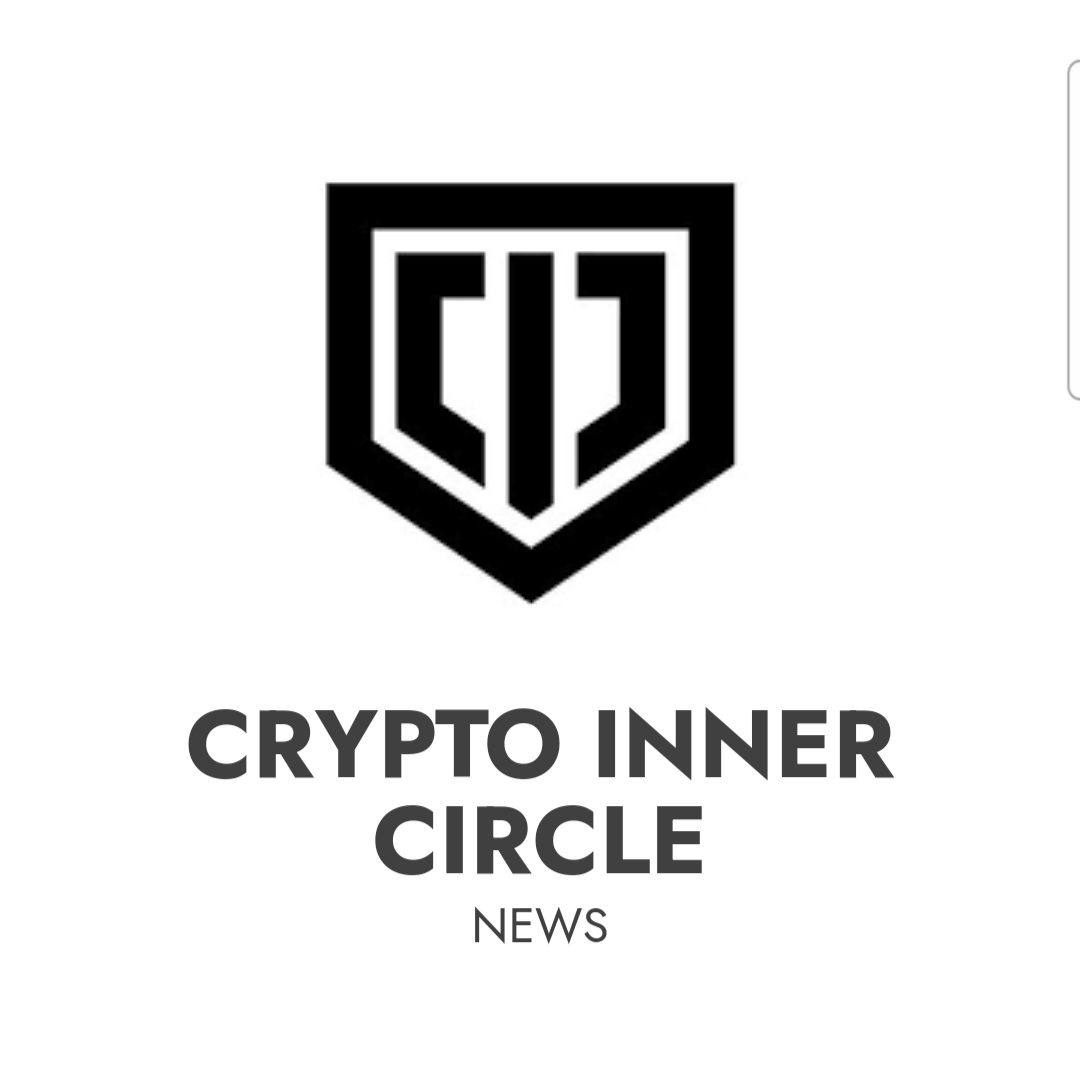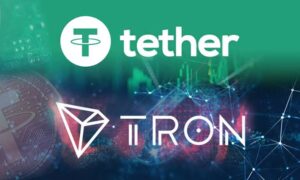
SWIFT, the renowned global banking communication network, has announced its plans to incorporate digital assets into its framework.
On September 11, the Society for Worldwide Interbank Financial Telecommunication (SWIFT) disclosed its goal of developing solutions that will enable its members to handle and transact with regulated digital currencies and assets. This initiative aims to create a bridge between traditional financial systems and the emerging world of digital and crypto assets.
Established in Belgium in 1973, SWIFT is a cooperative owned by the banks and financial institutions that utilize its services. The organization now envisions integrating both conventional and emerging digital assets into its network, potentially revolutionizing how transactions are conducted globally.
Focus on Ethereum
Matthew Sigel, the head of digital assets research at VanEck, has noted that Ethereum is the only primary blockchain mentioned in SWIFT’s communications. This suggests that SWIFT is particularly interested in how blockchain technology can enhance the interaction between traditional finance and new technologies like tokenized assets and central bank digital currencies (CBDCs).
The announcement comes as interest in tokenized real-world assets (RWAs) is growing. According to Standard Chartered, this market could reach $30 trillion by 2034. Institutional investors are also keen, with 91% showing interest in tokenized assets.
Addressing Fragmentation
SWIFT has identified the current fragmentation within the digital asset space, characterized by a variety of platforms, technologies, and regulatory environments. This fragmentation creates challenges for institutional investors who have to navigate through multiple tokenization platforms.
To address these issues, SWIFT has been testing blockchain transfers and RWAs, demonstrating that its infrastructure can support the transfer of tokenized value across different blockchain networks. Moving forward, SWIFT aims to enhance its infrastructure to facilitate real-time transactions and exchanges of tokenized assets, initially using traditional fiat currencies but eventually incorporating tokenized forms of money like CBDCs, tokenized commercial bank money, or regulated stablecoins.
Looking Ahead
While these developments are promising, it is unlikely that decentralized digital assets such as Bitcoin or Ethereum will be directly transmitted through SWIFT’s network. Instead, SWIFT’s efforts are expected to advance the underlying blockchain infrastructure, benefiting technologies like Ethereum and Chainlink.
In September 2023, SWIFT conducted an experiment with Chainlink’s Cross-Chain Interoperability Protocol (CCIP) and explored how to integrate various blockchain networks in collaboration with several financial institutions.
As SWIFT continues to refine its technical solutions in partnership with the financial sector, these advancements could pave the way for a more cohesive and efficient digital asset ecosystem.






